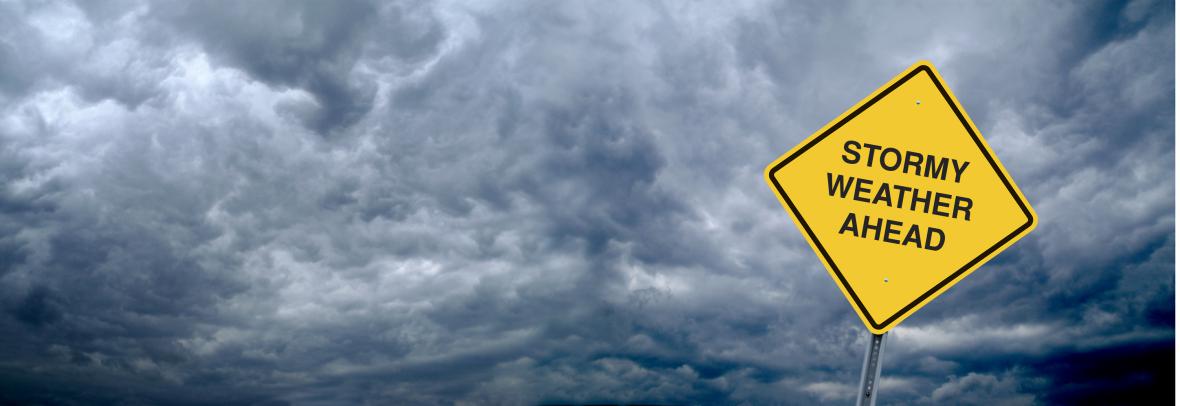
Some Florida Cities Face Greater Climate Risks
Some coastal Florida cities face greater climate risks, including wind, rain and heat. Understanding such risks helps buyers and sellers make informed decisions about investments and sales.
MIAMI – Images of neighborhoods devastated by natural disasters have become commonplace in recent years, but a new study finds that properties in some U.S. cities are especially imperiled.
The 2024 Realtor.com Housing and Climate Risk Report found that more than 44.8% of the country's homes face at least one kind of "severe or extreme climate risk" from either flood, wind, wildfire, heat or air quality. The total value of those homes is nearly $22 trillion, according to the study.
"It's important for people to fully understand the climate risks that a home faces not only in the present, but in the future, so they can make the most informed decision for one of the biggest purchases and investments they will make in their life," said Realtor.com's Mausam Bhatt, chief product and technology officer, in a statement.
Realtor.com recently rolled out climate factor risk scores using data from the First Street Foundation, a nonprofit climate technology company, that forecasts the likelihood of a given disaster over the next 30 years.
When it comes to the total value of homes at risk of flooding, the greater Miami area ranks first, with a total value of $323.9B, followed by New York ($265.2B) and Tampa ($126.2B). New Orleans leads all cities when it comes to share of property value at risk.
Unsurprisingly, cities affected by hurricane season are also the most threatened by extreme wind. When broken down by total property value, Miami is first, followed by Houston and New York. As for cities where 100% of the homes are at extreme risk from wind, Baton Rouge, Charleston, Houston, and Tampa are among 15 major metros spanning Florida, Texas, North Carolina, South Carolina and Louisiana.
When it comes to property values, the top three major metros threatened by wildfire are all in California – Los Angeles ($447.9B), Riverside ($445.2B) and San Francisco ($256.4B). Colorado Springs, Colorado is first when it comes to the share of value threatened (76.4%).
As for extreme heat, the Miami-Fort Lauderdale-Pompano Beach area in Florida has the highest total value under severe heat risk, while a number of cities including Austin, Texas; Baton Rouge, Louisiana; Jacksonville, Florida; Houston, Texas; and Tampa, Florida all have a 100% share of value.
The San Francisco-Oakland-Berkeley area has the highest total value of properties at extreme air quality risk, while 100% of homes in the following cities face severe air pollution: Fresno, California; Sacramento-Roseville-Folsom, California; Spokane-Spokane Valley, Washington; and Stockton, California.
"Specifically, with high risk of wildfire and hot weather, it is not surprising to find markets with the highest total value of homes at risk from severe and extreme air pollutants are predominantly concentrated in California," according to Realtor's report, where you can see more on the methodology.
A Harvard study released earlier this year found that it's not just homeowners who face potentially dangerous – and costly – climate hazards. Researchers with Harvard University's Joint Center for Housing Studies found that millions of rental units face climate- and weather-related threats.
"Environmental hazards such as wildfires, flooding, earthquakes, and hurricanes increasingly jeopardize the health and safety of renters and threaten to damage or destroy housing," the American Rental Housing Report reads. "About 41 percent of the nation's occupied rental stock (18.2 million units) is located in areas exposed to substantial weather- and climate-related threats as measured by expected annual economic losses for multiple hazards, according to the Federal Emergency Management Agency's National Risk Index."
According to NOAA, the U.S. has experienced 377 weather and climate disasters since 1980 that cost at least $1 billion. Without addressing the human toll, the cost in damages for those events exceeds $2.670 trillion, NOAA says.
© 2024 WFLA, Nexstar Broadcasting, Inc. All rights reserved.
